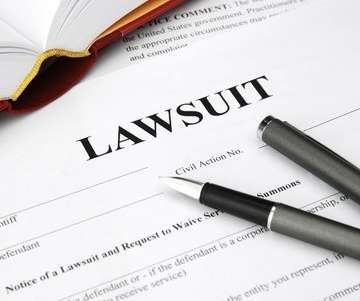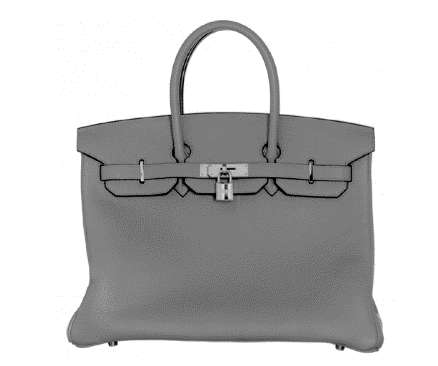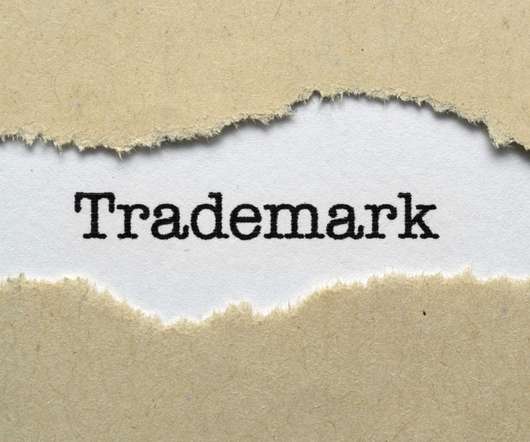Concept Of Trademark Bullying: Forceful Enforcement Of Trademark Rights In The Name Of Protection
IP and Legal Filings
OCTOBER 26, 2023
The modus operandi of bullying and legal threats which are baseless by large entities gets initiated by serving a cease and desist notice which contains threats of instituting a trademark infringement suit. Conclusion In the world of trademark owners Trademark bullying is a persistent issue.












Let's personalize your content